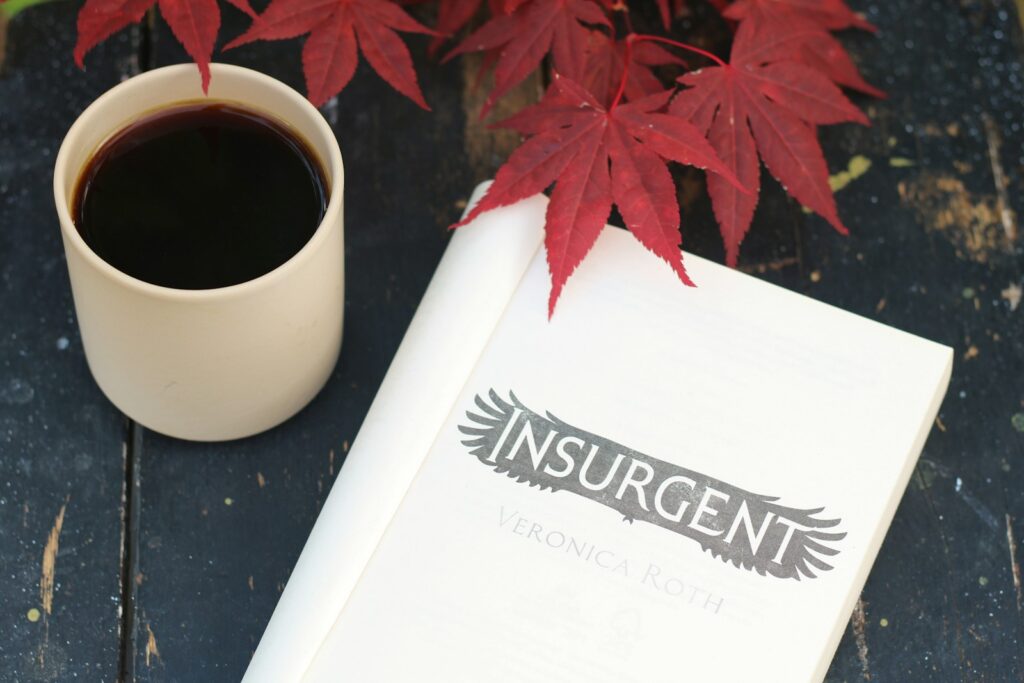Understanding Pain Relief for Seniors
Older adults often live with persistent aches that gradually limit walking, hobbies, and social time. Our goal is to help you move with confidence using safe, adaptable strategies that respect your history and priorities. We blend evidence-based care with practical education so you understand why symptoms happen and what you can do each day to change them. Aging tissues can stay strong and resilient when given the right inputs: steady movement, progressive strength, balance practice, and thoughtful pacing. By setting clear goals, tracking progress, and adjusting in small, sustainable steps, many people regain comfort for daily routines and favorite activities while learning reliable ways to manage flares.
Common Age-Related Pain Conditions
Pain in later life usually reflects a mix of joint wear, muscular deconditioning, and nerve sensitivity. Many concerns improve with reassurance, activity pacing, and progressive exercise. We commonly see:
- Arthritis in knees, hips, shoulders, or hands that flares after long sitting or first steps in the morning.
- Spinal stenosis with back or leg heaviness when standing or walking that eases when leaning forward.
- Neuropathy causing tingling, burning, or numbness in feet that alters balance and confidence.
- Low back and neck pain related to posture, stress, or past injuries.
Each of these conditions can respond to non-surgical pain relief strategies that combine gentle movement with targeted manual techniques and education. The plan is tailored to your health status, comfort, and goals so you can progress without fear.
Gentle, Evidence-Based Therapies
We emphasize therapies that are comfortable yet effective. When hands-on care is helpful, we apply gentle manual therapy such as soft-tissue work, joint glides, and graded traction to calm sensitive areas without aggressive twisting. We pair this with mobility drills, strengthening that respects painful ranges, and breathing to reduce guarding. Modalities like heat, cold, or electrical stimulation may be used to settle symptoms so you can progress with exercise. For long-standing pain, we apply pain-science education to reduce worry and improve confidence, reinforcing the message that carefully dosed movement is safe and helpful. This balanced approach supports evidence-based care and steady, realistic change.
Mobility, Balance & Fall-Prevention Strategies
Improving balance, leg strength, and confidence is central to pain relief for seniors. We teach safe transfers, low-step strengthening, and balance progressions that reduce fall risk and make daily chores less tiring. Training may include supported squats to a chair, heel raises at a counter, marching holds, tandem stance, and gentle hip hinges. We also review footwear, assistive devices, and home layouts so you waste less energy and feel steadier on stairs and uneven ground. Benefits you may experience include:
- More ease with dressing, bathing, and cooking without prolonged standing fatigue.
- Improved walking tolerance for errands and social visits.
- Greater confidence on uneven surfaces, steps, or curbs.
- Less reliance on pain medicines due to stronger, steadier movement.
Medication Safety & Non-Drug Options
Medications can help but deserve careful monitoring, especially with multiple prescriptions. We collaborate with your medical team to encourage the lowest effective dose and to watch for interactions. At the same time, many people prefer drug-free pain relief when possible. Options include heat and cold, activity pacing, relaxation breathing, gentle mobility breaks during the day, bracing or supports for short periods, and graduated strength training. When appropriate, we discuss how individualized exercise, education, and non-surgical pain relief methods can reduce the need for higher-risk interventions. Decisions are always guided by your goals, medical history, and current tolerance.
Home Exercises, Posture & Daily Habits
Consistency turns small changes into meaningful gains. We coach simple routines you can do in short sessions and in regular life: posture resets while reading, hip and leg strength when rising from a chair, and easy neck or shoulder mobility while watching TV. A sample day might include two to three 10-minute practice blocks, plus frequent micro-breaks from prolonged sitting. Choose movements that feel safe and productive rather than chasing pain. Helpful home-safety habits include:
- Set a gentle timer to stand, stretch, and walk for a minute every 30–45 minutes.
- Keep a stable chair with armrests in areas where you often get up and down.
- Use a small step stool to reach high shelves instead of straining your back or shoulders.
To keep momentum, we set weekly goals and celebrate wins, even when small. Over time, your plan may evolve from gentle mobility to more confident strength and balance work as tolerance improves.
Insurance, Medicare & Cost Transparency
We aim to make care straightforward. Most plans cover conservative musculoskeletal care when medically necessary. We verify benefits, discuss expected out-of-pocket costs, and offer clear receipts for reimbursement. For those with Medicare, annual wellness visits and many therapy services may be covered when ordered by a physician; specific allowances depend on your plan. If you prefer a private-pay option, we outline package or single-visit pricing up front so you can decide what works for your budget. Our team explains recommendations in plain language so you can make informed choices with no surprises.
FAQs for Older Adults and Caregivers
Is it safe if I have osteoporosis? Yes—programs are adapted to your bone health. We avoid high-impact actions and focus on spine-sparing strategies, hip and back strengthening, and balance drills to reduce fall risk.
Will I be sore after visits? Mild, short-lived soreness can occur as tissues adapt, but sessions are designed to be comfortable. We adjust intensity to keep you moving without flare-ups.
How often should I come? Frequency depends on goals and response. Many start weekly, tapering as confidence and home practice grow. We emphasize skills you can maintain between visits.
Does Medicare cover this? Many conservative services are covered when medically necessary and referred appropriately. Coverage details vary; we review your plan and provide clear estimates before care.
When should I seek urgent care? Sudden severe weakness, loss of bladder or bowel control, unexplained fever, chest pain, or a fall with head injury needs immediate medical attention.
Take the Next Step
If you are ready for a calmer, stronger day-to-day routine, we can help you build it. Our team focuses on respectful communication, realistic pacing, and measurable progress, combining non-surgical pain relief strategies with education so you understand why each step matters. Whether your priority is gardening, travel with grandkids, or simply standing in the kitchen without fatigue, we will craft a plan that supports those goals. The typical visit journey is simple:
- Intake: share your history, medications, and priorities so we can tailor care.
- Assessment: gentle movement and balance checks to find starting points.
- Plan: agree on focused activities, gentle manual therapy when appropriate, and a home routine.
- Follow-up: review wins, adjust the plan, and progress safely.
To support safety at home, consider these tips:
- Use night-lights, remove loose rugs, and keep walkways clear to cut fall risk.
- Place frequently used items between hip and shoulder height to avoid awkward reaching.
- Install grab bars near the shower and a non-slip mat; keep a sturdy chair nearby for rest when needed.
Wherever you start, you deserve care that listens and adapts. For thoughtful geriatric pain management grounded in evidence-based care and respectful coaching, schedule a visit with Primary Health Clinic today.






